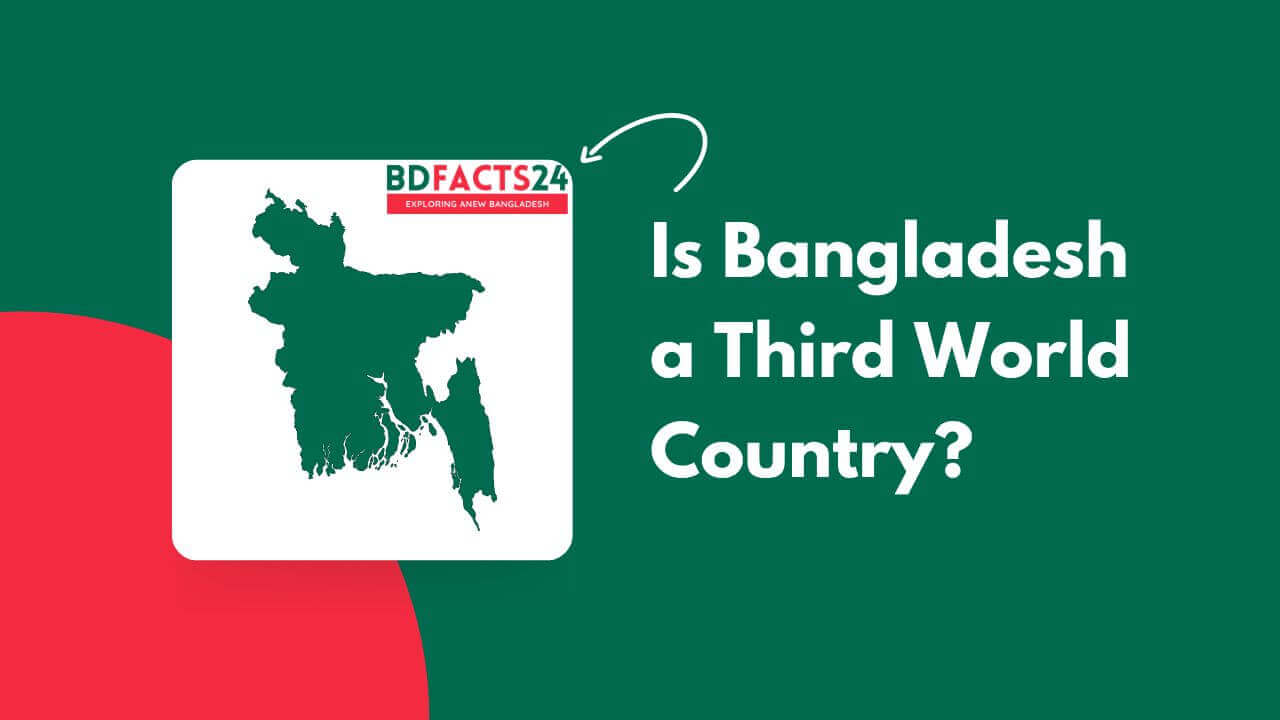Bangladesh is a country located in South Asia, bordered by India to the north, east, and west, and Myanmar to the south. It is a country with a rich history and culture, but often, it is associated with poverty and underdevelopment. This has led to the question, “Is Bangladesh a third world country?”
The term “third world” originated during the Cold War era, when countries were categorized based on their political affiliations. The term “first world” referred to capitalist democracies such as the United States and Western Europe, while the “second world” referred to communist countries such as the Soviet Union and China.
The term “third world” referred to countries that did not align with either of these groups and were often impoverished and underdeveloped.
So is Bangladesh a third world country?
While the term “third world” is no longer used in its original sense, it has come to be associated with poverty, underdevelopment, and lack of political and economic stability. Bangladesh is often categorized as a third world country, as it is one of the poorest and most densely populated countries in the world.
Bangladesh was designated as an LDC (least developed countries) by the UN in 1975 due to its low levels of economic development, high levels of poverty, and weak infrastructure. However, over the past few decades, Bangladesh has made significant strides in improving its economy and reducing poverty.
Despite all these, Bangladesh has made significant progress in recent years. According to the World Bank, Bangladesh’s economy has grown at an average rate of 6.5% over the past decade, making it one of the fastest-growing economies in the world. The country has also made significant progress in reducing poverty, with the poverty rate declining from 33.2% in 2000 to 13.5% in 2016.
However, Bangladesh still faces significant challenges, including political instability, corruption, and environmental degradation. The country is also highly vulnerable to natural disasters such as floods and cyclones, which can cause significant damage to infrastructure and lead to loss of life.
In conclusion, while Bangladesh has made significant progress in recent years, it is still often categorized as a third world country due to its high levels of poverty and underdevelopment. However, the country has shown resilience and has made significant strides in reducing poverty and promoting economic growth. With continued efforts to address the country’s challenges, Bangladesh has the potential to become a more prosperous and stable nation.
So, the answer to the question “Is Bangladesh a third-world country?” is yes, it is still considered a third-world country due to its underdevelopment and poverty, but the country is making progress towards a better future.
In conclusion, while Bangladesh has come a long way in terms of economic development, poverty reduction, and infrastructure improvement, it still has a long way to go. With continued efforts and support from the international community, however, there is hope that Bangladesh will continue to make progress and improve the lives of its people.

